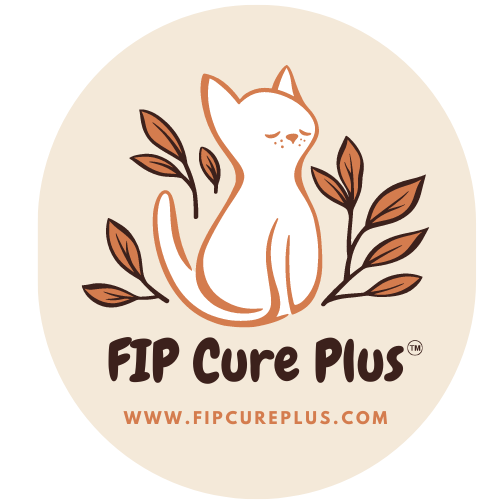FIP Tablets vs Injections: Which Treatment Is Better for Your Cat?
Share
When treating Feline Infectious Peritonitis (FIP), one of the most important decisions you’ll make is choosing the appropriate method of administering GS-441524—the antiviral compound proven effective in treating this disease. The two primary options are oral tablets and subcutaneous injections.
As a healthcare provider focused on feline well-being, I’d like to offer you a clear, clinical perspective to help you make an informed decision based on your cat’s condition and needs.
Understanding the Treatment Options
Both forms—tablets and injections—use GS-441524 to inhibit viral replication. When administered consistently and at the correct dosage, either method can be effective. However, differences in absorption, ease of administration, and cat tolerance should guide your decision.
Injections: When Direct Absorption is Critical
Clinical Advantages:
- Higher Bioavailability: Injections deliver the drug directly into the body, bypassing the digestive system. This is particularly important in neurological or ocular FIP, where reaching the brain and eye tissues requires higher absorption.
- Rapid Action: Useful in critically ill cats where immediate response is needed.
Considerations:
- Pain and Skin Reactions: Injections can be painful, and if not administered correctly, may cause localized inflammation or skin ulcers.
- Technique-Sensitive: Proper injection technique is essential to prevent complications. Some pet owners may find this challenging to perform at home.
- Stress and Handling: Repeated injections can be stressful for both the cat and the caregiver, particularly in anxious or aggressive animals.
Tablets: A Practical and Effective Oral Alternative
Clinical Advantages:
- Ease of Administration: Tablets are generally easier and less stressful to give, especially for owners managing treatment at home.
- Comfort for the Cat: Oral medication avoids the discomfort and potential tissue damage associated with daily injections.
- Appropriate for Most Cases: Tablets are effective for wet FIP and non-neurological dry FIP, assuming the cat is eating and not vomiting.
Considerations:
- Stomach Absorption: Tablets must be given on an empty stomach for optimal absorption—1 to 2 hours before or after feeding.
- Not Ideal for Vomiting Cats: If your cat has gastrointestinal symptoms, absorption may be inconsistent.
- Monitoring is Essential: As with injections, response to treatment must be monitored through clinical signs and periodic blood tests.
Which Method Do I Recommend?
As a general guideline:
- For neurological or ocular FIP, I recommend starting with injections, especially during the first 4–6 weeks, then transitioning to tablets if the cat stabilizes.
- For wet or non-neurological dry FIP, tablets are often sufficient and preferred due to ease of use and reduced stress.
Each case is unique. Your decision should be based on your cat’s clinical presentation, response to medication, and your comfort with administration.
Final Advice
Regardless of the method, success in FIP treatment depends on:
- Accurate dosing based on weight
- Daily consistency for 84 days
- Quality and purity of the medication
- Veterinary supervision or experienced support
If you’re unsure which route is best for your cat, consult a professional with FIP treatment experience. At FIP Cure Plus, we offer both guidance and support throughout your treatment journey, ensuring your cat gets the care it needs to recover.
